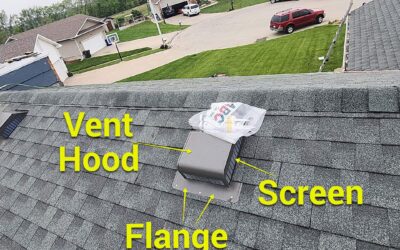Traditional “Organic” Felt vs. Synthetic Underlayment: Which is better?
Roofing underlayment is an extremely critical component of any roofing system. It is the water barrier that protects the inside of the home underneath the shingles. Traditional “Organic” based felt and synthetic underlayment are the 2 most commonly used types of underlayment when installing any new roofs in our region.
Let’s compare:

Summary:
- Synthetic felt holds the advantage in 8 of the 9 categories above.
- While synthetics offer several key advantages over traditional felt, there are certain situations in which felt might be a better option. Budgetary constraints are one such situation.
- When choosing roofing underlayment, do not just go with what you have always used. Take the extra time to make sure it is best for your individual project.
- You should also carefully consider building codes before committing to one or the other. Local ordinances may restrict or even define the types of roofing underlayment you are and are not permitted to use with certain shingle types.
This article is part of our ‘Residential/ Steep Slope Materials’ Series. Learn more about:
- Asphalt Composite Shingles
- Metal Roofing
- Wood/ Cedar Roofing
- Other
- Roof Component Materials
- Traditional “Organic” Felt vs Synthetic Underlayment: Which is better?
- What Is the Difference Between Open and Closed Valley Installation?
- Continuous Venting Ridge vs Static/Box Vents: Which is better?
- What Are the Benefits to a High Profile Hip and Ridge Shingle?
- What Is a Class 4 Rating? Who Makes That Determination?



